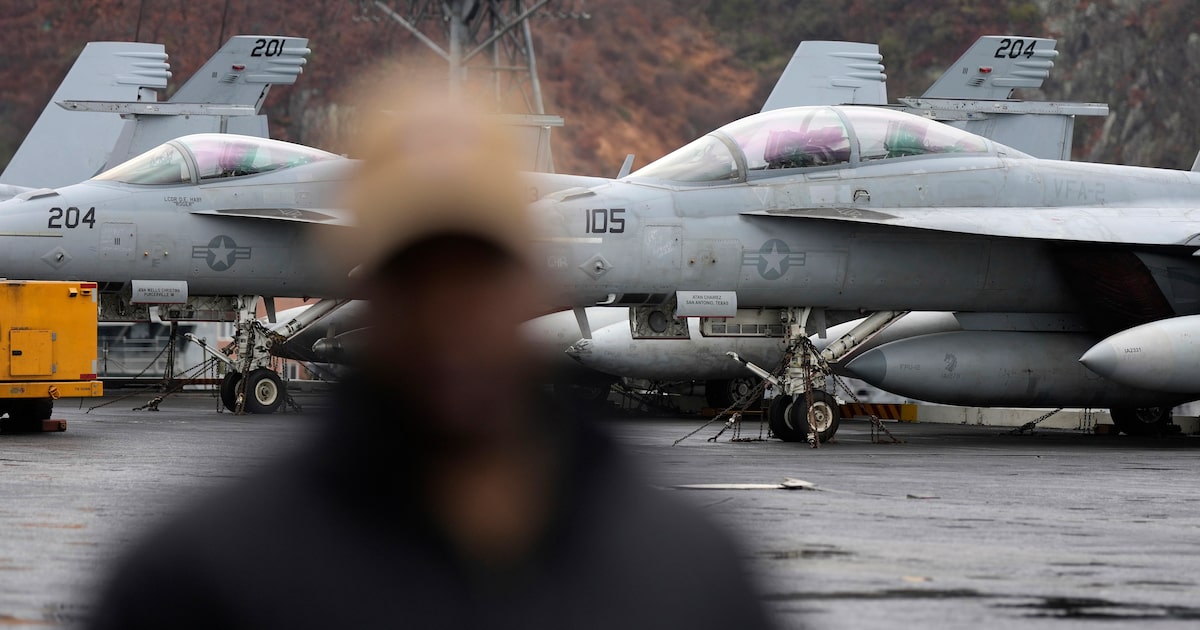Two military fighter jets buzzed over North Texas last night for unknown reasons — shaking some residents — before visiting Dallas Love Field and taking off again.
“Anybody in Dallas just hear that plane that was super low and super loud and didn’t appear on the radar,” an X user wrote.
“Yep. Twice. Loudest I’ve ever heard,” another user responded.
“What in the heck kinda fighter jet or plane just flew over Dallas twice that’s not registered on radar,” another wrote.
A jet, which internet watchers identified as a F/18 Super Hornet, landed at the Dallas airport just after 7:30 p.m. Wednesday.
Aviation News
The jet took off again and came back about 30 minutes later. When it landed again, it was following another F/18 Super Hornet fighter jet. The planes then taxied to a spot near JSX’s hangar for refueling.
These kinds of planes are common on the western side of the metropolitan area where Lockheed Martin has a major F-35 manufacturing facility ― but not in central Dallas and Love Field, where Southwest Airlines is headquartered.
Some of the excitement was captured by plane watching Youtube channel Runway DFW. Walt Zwirko, who runs the live feed, said later that he didn’t have the correct angle to film the jets taking off again.
“It was quite something to see,” Zwirko said in an interview. “I can understand why people around Love Field and North Texas would be paying attention.”
The plane wasn’t tracked by the FAA’s system, which isn’t uncommon for military jets.
A spokesperson for Dallas Love Field said that they didn’t have information on the fighter jets.
“The military does utilize DAL for various operations,” Love Field spokesman Patrick Clarke “Our team, however, does not track nor is privy to their flight plans or purposes.”
The FAA referred any questions to the military.
One of the jets had the letters “N H” on the tail, indicating that it was a part of the U.S. Navy’s “Strike Fighter Squadron 211,” based out of Naval Air Station Oceana in Virginia Beach, Va.
The squadron is nicknamed “Fighting Checkmates” as shown by a large checkmark on the jets’ tails.
Representatives for the U.S. Navy’s Southern Command did not respond to requests for comment by the time of publication.
Aviation reporter Jordan Parker contributed this report.
